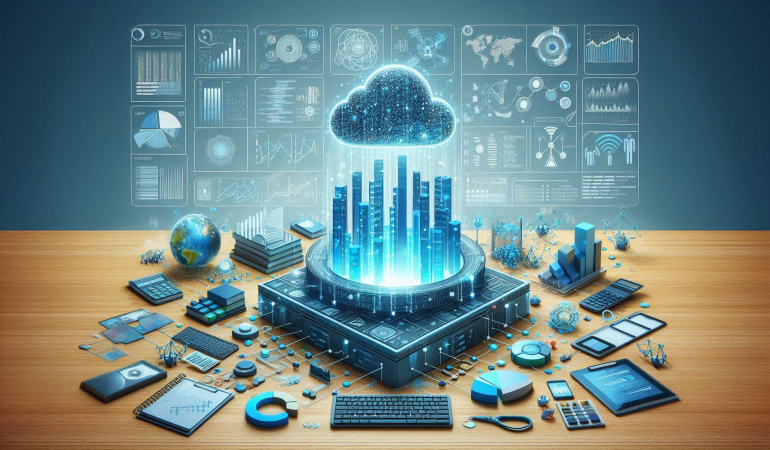
Big Data vs Small Data: Understanding the Differences in Analytics
Sep 26, 2024
In today’s fast-moving world, data is the key to making smart decisions. But not all data is created equal! You've probably heard of Big Data and Small Data, but what exactly do these terms mean? And how do they differ when it comes to analytics? Let’s break it down.
What Is Big Data?
Think of Big Data as a giant ocean of information. It’s large, complex, and comes from many different sources like social media, online purchases, or sensors in smart devices. Companies that deal with Big Data often need advanced technologies like AI, machine learning, and special software to handle and make sense of all this information.
Some examples of Big Data include:
- All the tweets posted on Twitter each day.
- Data from millions of smartwatches tracking people’s health.
- Sales data from global online shopping platforms like Amazon.
What Is Small Data?
In contrast, Small Data is more like a small, focused stream. It’s simpler, easier to manage, and usually comes from fewer sources. Small Data can be analyzed quickly without needing advanced tools. It’s often used to answer specific questions or solve smaller, immediate problems.
Examples of Small Data include:
- Feedback from a customer survey with 100 responses.
- A store’s weekly sales report.
- A doctor’s records of a single patient’s health over time.
Big Data vs. Small Data: The Key Differences
Size: This one’s obvious! Big Data involves massive amounts of information, while Small Data is much smaller in scale.
Complexity: Big Data is complex because it often comes from many different sources and is unstructured. On the other hand, Small Data is usually more straightforward and easy to organize.
Speed: Analyzing Big Data requires more time and powerful tools, while Small Data can be processed quickly using simple software or even spreadsheets.
Purpose: Big Data helps companies find trends, predict future behavior, and understand large-scale patterns. Small Data, however, is more focused on specific questions, like “How did our customers like this product?”
Why Does It Matter?
The difference between Big Data and Small Data is important because not every business or individual needs Big Data to make decisions. For example, a local bakery might rely on Small Data (like daily sales or customer feedback) to improve its offerings, while a global tech company might use Big Data to predict trends and customer preferences on a much larger scale.
Conclusion
Both Big Data and Small Data have their place in the world of analytics. Big Data is powerful for uncovering large-scale patterns and trends, while Small Data is ideal for quick, focused insights. Whether you’re a business owner, data analyst, or just someone interested in understanding how companies make decisions, knowing the difference between these two types of data can help you better navigate the world of analytics!
For more detailed guidance and in-depth training, visit our training here.

